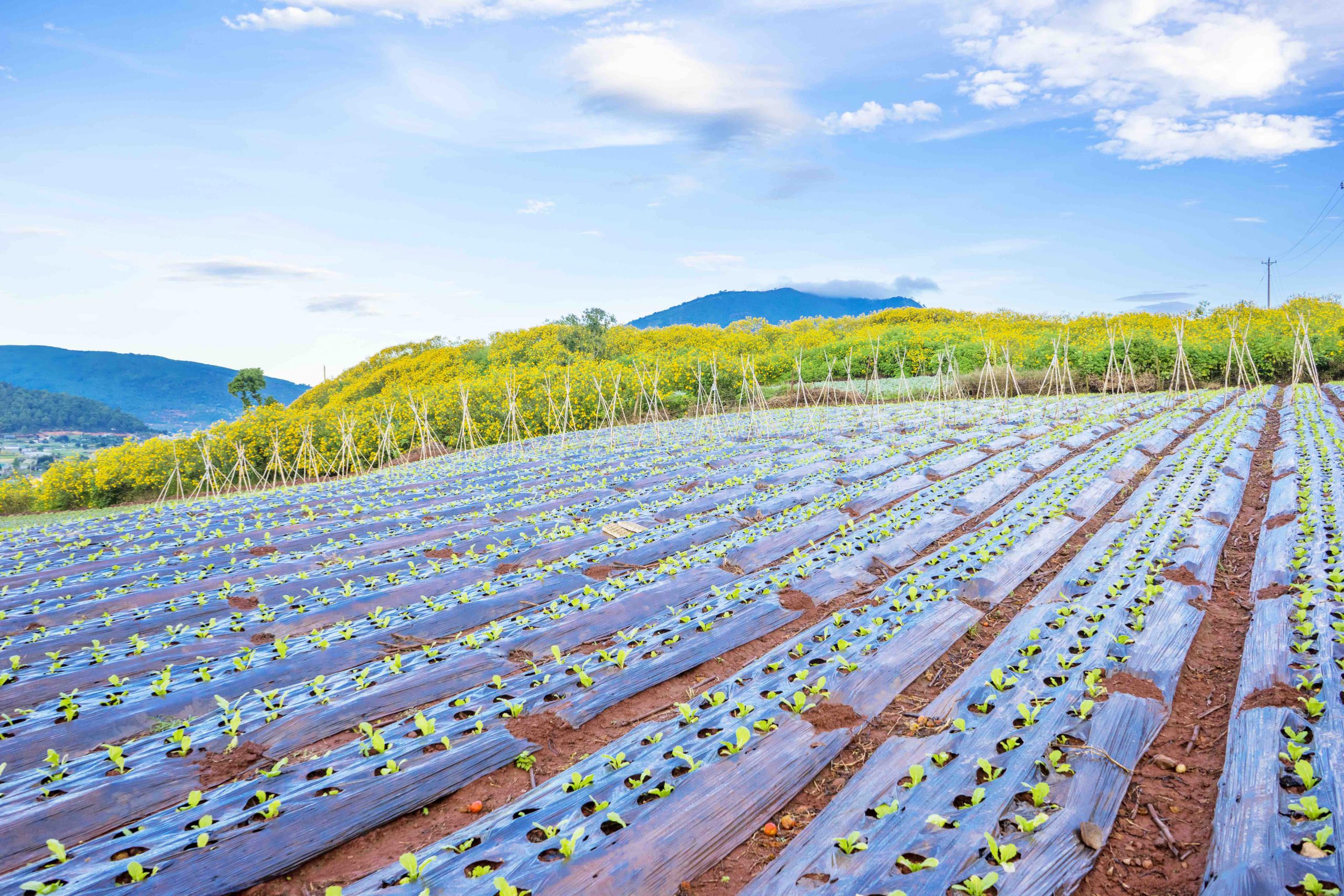Story: Bao Nhu
Photos: Quang Ngoc, Van Viet
The export turnover of agricultural products has reached a record high, with a trade surplus of up to USD 18 billion, solidifying agriculture as the “money tree” of the Vietnamese economy.
Forget the repeated narrative of recent years that Vietnam’s export success lies primarily in the FDI sector and electronic products. While these sectors still contribute significantly to national export turnover, this year’s economic spotlight undoubtedly belongs to agriculture.
Amid a volatile market, shifting consumer trends, increasing protectionist policies, political and armed conflicts in many regions, and the historic Typhoon Yagi, Vietnam’s agricultural exports managed to achieve remarkable double-digit growth.

Export highlights
In 2024, agricultural exports set a record of USD 62.5 billion, an increase of 18.7% compared to 2023. The agricultural trade surplus reached nearly USD 18 billion, marking a record increase of 46.8% from the previous year.
In this export turnover, agricultural products reached USD 32.78 billion, up 22.4% from 2023; seafood exports hit USD 10.07 billion, up 12.2%; forestry products achieved USD 17.28 billion, up 19.4%; and livestock products totaled USD 533.6 million, an increase of 6.5%.
Most items experienced robust growth in export value, with some seeing remarkable increases: pepper reached USD 1.3 billion, up 44.7%; coffee USD 5.47 billion, up 28.1%; fruits and vegetables USD 7.12 billion, up 27.1%; rice USD 5.75 billion, up 23%; cashew nuts USD 4.37 billion, up 20.2%; wood and wooden products USD 16.2 billion, up 20.3%; and seafood USD 10 billion, up 12.2%.
With this new export record, the agricultural sector has reaffirmed Vietnam’s unique agricultural strengths and its vital role in ensuring food security, especially amid regional conflicts that have significantly impacted the world’s “rice bowls.”

Market opening
This year, not only has export turnover seen significant growth, but the export market has rapidly expanded. Vietnamese agricultural products have reached a truly global presence, exported to 200 countries and territories out of a total of 193 countries and 11 territories worldwide. Vietnam has solidified its role as an essential supplier ensuring global food security, while these exports form a bridge showcasing Vietnamese culture to the world.
In 2024, several agricultural products entered new markets for the first time, including regions in Northern Europe, Eastern Europe, Central Asia, and Africa. Fruits and vegetables were exported to Ukraine, Kazakhstan, Lithuania, and Kyrgyzstan; seafood to Belarus, Cyprus, and Lithuania; rice to Algeria and Cambodia; cashew nuts to Belarus and Kazakhstan; pepper and tea to Kazakhstan; rubber to Finland; and fertilizers to Angola.
The effort to open markets and promote agricultural trade has been a key focus, with Vietnamese agricultural products being widely showcased at tourism events and international fairs. The Ministry of Agriculture and Rural Development has enhanced these initiatives by working through embassies and trade and agricultural attachés, creating more opportunities for Vietnamese agricultural products to gain global recognition.
The Ministry has also successfully organized timely trade delegations to respond to market developments and demands in key export markets such as China, the United States, and Japan.
Activities to boost trade connections—promoting exports alongside high-level bilateral efforts—have yielded notable results. These initiatives have attracted participation from industry associations in agriculture and forestry, logistics service associations, and supermarket chains from China, the United States, and Japan, as well as businesses from other countries involved in the production, processing, and import-export of agricultural and forestry products. Ministerial meetings with Finland and South Korea have made positive contributions to opening new markets for Vietnamese agricultural products.
In 2024, the Ministry of Agriculture and Rural Development, in collaboration with the Ministry of Industry and Trade, the Vietnamese Embassy in China, and the Vietnam Fruit Association, successfully organized the “First Vietnam Fruit Festival” in Beijing. With the theme “Vietnamese Fruits – Delicious All Year Round,” the event was well-received by Chinese consumers.

Meeting the highest standards
To enter international markets, Vietnamese agricultural products have met stringent requirements from even the most demanding regions. Currently, Vietnam adheres to global standards such as GAP, Global GAP, ASC, MSC, BAP, HACCP, ISO 22000, FSC, and JFS, among others.
Thanks to the application of these standards, Vietnamese agricultural products have gained acceptance by major associations and distribution chains in importing countries, such as Walmart, Costco, and Metro, integrating into their consumption systems. This is seen as an important “green card” for sustaining growth momentum in the future.
In 2024, inspection delegations from Europe, South Korea, China, Japan, and Canada conducted inspections and confirmed that Vietnamese agriculture-forestry-fishery products meet the required regulations and standards for export.
These recognitions are the result of the Ministry of Agriculture and Rural Development’s efforts in directing planning and establishing concentrated raw material areas that meet quality requirements for food safety and traceability, both for domestic markets and exports. The Ministry has also consistently monitored and supervised the entire production chain to ensure that agricultural product quality continues to improve, surpassing technical barriers from even the most demanding markets.










